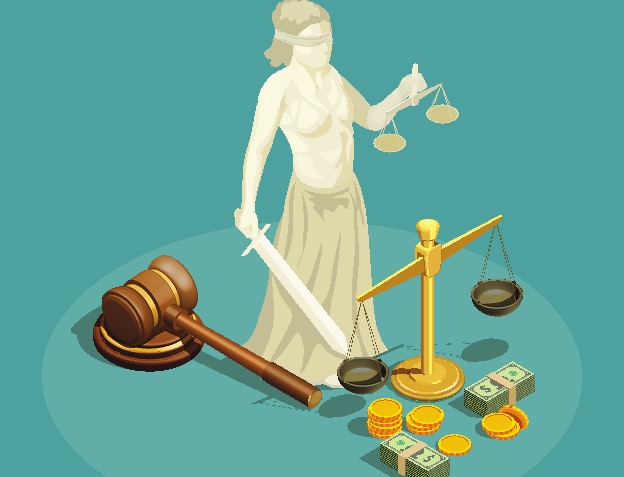
Grades 9-12
Happy EconEdMonth! Celebrate economics all month long by visiting EconEdMonth.org

Don't have an account yet? Sign up for free
Don't have an account yet? Sign up for free


Students will compare credit cards by looking at the amount of interest they will incur when paying off the balance on their purchases. Students will discuss times when they will need to use a credit card, rewards programs, and disadvantages of the use of plastic.

According to the U.S. Census Bureau, there were 1,488,000,000 credit cards in use 2006. At the current population in the U.S. there is about 5 credit cards for every man, woman, and child alive.
A credit card has many advantages and disadvantages. One advantage is the ability to get you out of a bind (i.e. car troubles and you don't have enough money at that particular time to pay for it). The biggest disadvantage is how easy it can be to get you into huge debt by using a credit cart with no discipline. An informed consumer will know these advantages and disadvantages and be able to compare credit cards with different terms of agreement and conditions of repayment. In essence, a credit card is a short-term loan with a stipulated interest rate. The interest rate is sometimes called the "price of money." For instance, a credit card with a higher interest rate has a greater opportunity cost, as opposed to a card with a lower interest rate. Interest rates vary depending on your credit score. Understanding finance charges will help you better understand the criteria for making sound financial decisions.
In this lesson, students will focus on the methods of calculating finance charges on credit cards.
1. Navigate your students to the Federal Reserve Bank: Consumers Guide to Credit. If you choose, you can print off copies of the pdf file (Understand Your Statement ) and give a presentation using the information yourself. This would be a desirable route for classrooms without computer access for all students.
2. Have students use the hyperlink: https://www.federalreserve.gov/creditcard/flash/readingyourbill.html. 
3. Go over parts 1 through 10 with your students.
4. Instruct your students to watch and take notes on the Calculating Finance Charges presentation, OR present it in class.
5. Go to the online credit card calculator and work through several examples with the students. This is an example that will show the students the time value of money: Using the https://www.creditcards.com/calculators/payoff/ : APR = 18%, Current Credit Card Balance, $1000, Minimum Payment Amount, $20. The students should find that it takes 94 months or almost 8 years to repay the debt by making the minimum payment. Show how changes in the amount of interest rate, minimum payment, and credit card balance, changes the length of time to pay off the balance. Teacher discretion used in developing examples. The goal of this exercise is to teach students time value of money. Having money today is preferable to having the same amount of money in the future. Creditors charge a premium (the interest rate) on giving up current dollars in exchange for future dollars. The interest rate multiplied by the balance lent represents the future value of the dollars lent to the consumer. After looking over your results click the link, "Find a Low Interest Card Now!"
6. Assess the students using the assessment activity provided below.
7. (Optional) Complete the Extension Activity.
Credit cards offer a convenient way to obtain a short-term consumer loan. The ease of access to the money often leads individuals to spend more than they need to or use their credit card purchases that are ill advised. A consumer who only makes the minimum payments on their balance is going to end up paying off a much larger amount than they originally borrowed. A student armed with the knowledge of how credit cards operate will be able to manage their finances in a more prudent fashion.
1. Obtain three different credit card applications.
2. Create a chart showing which method of calculating interest is used (previous balance, adjusted balance, or average daily balance.)
3. On the chart, show the APR, the amount of minimum payment, the grace period, the late fee, and minimum interest rate charge.
4. Select a credit card that fits your preference and explain why you chose the card you did.
1. Assign the credit card worksheet. This worksheet is rigorous and may take two days for the students to complete.
2. Check the students' answers and reteach on an individual basis.

Grades 9-12


Grades 9-12

Grades 9-12
